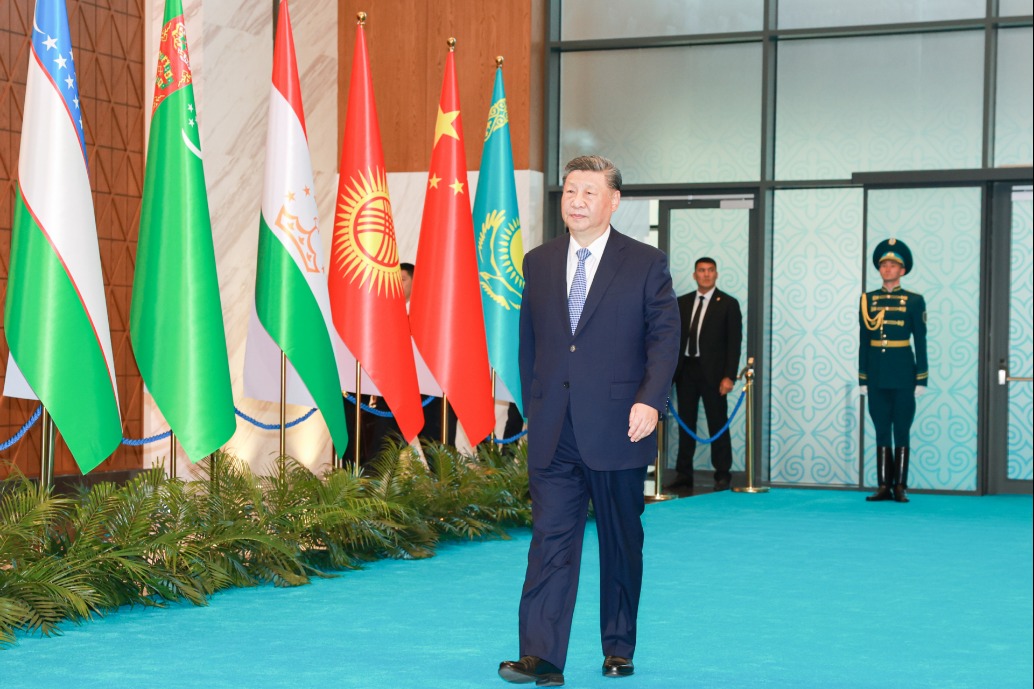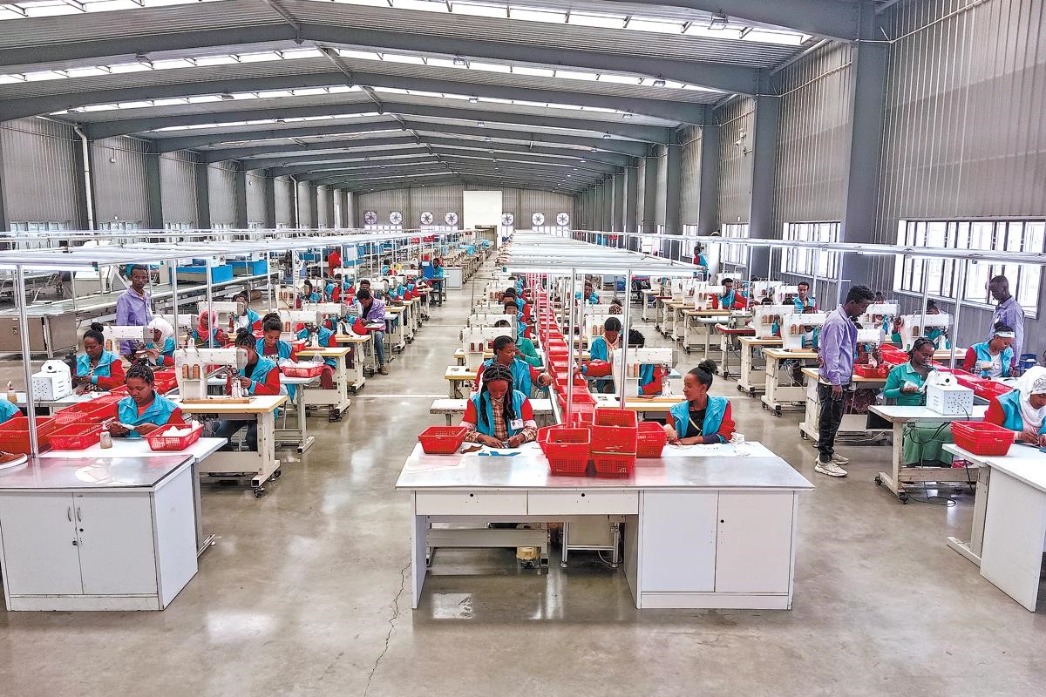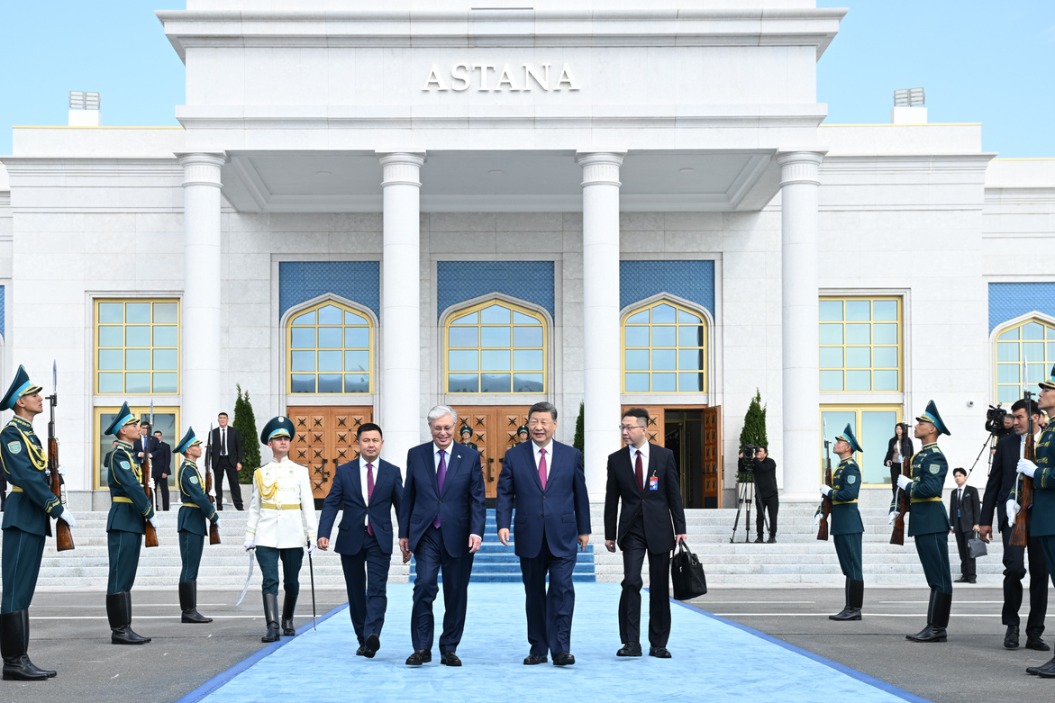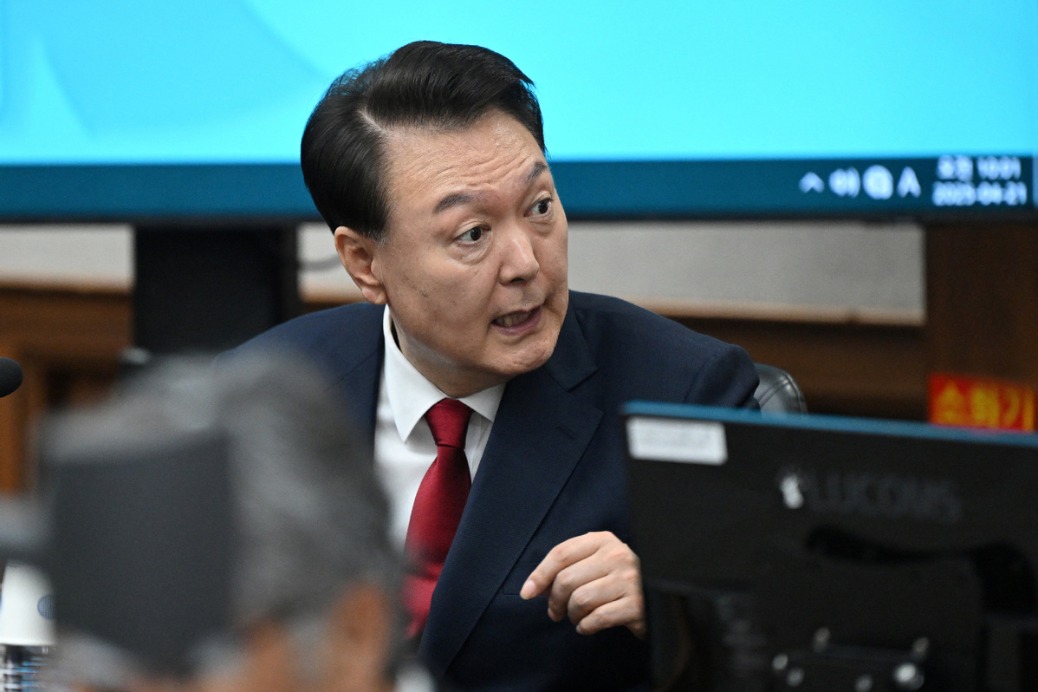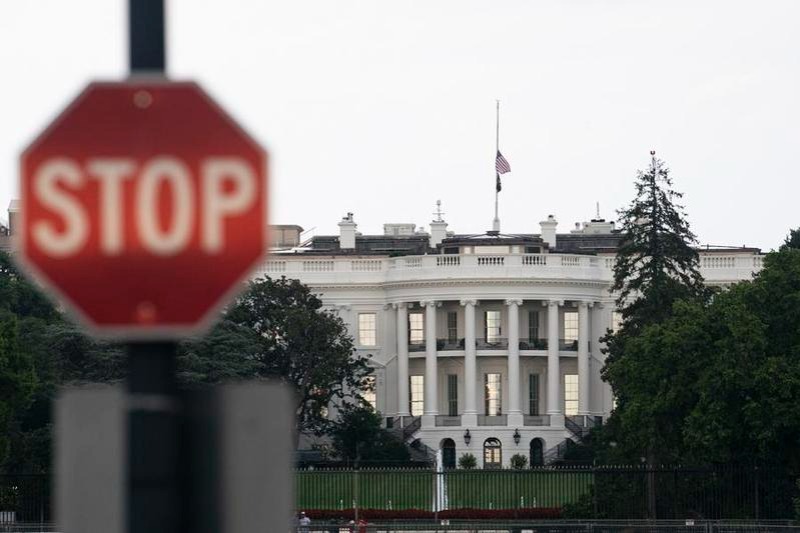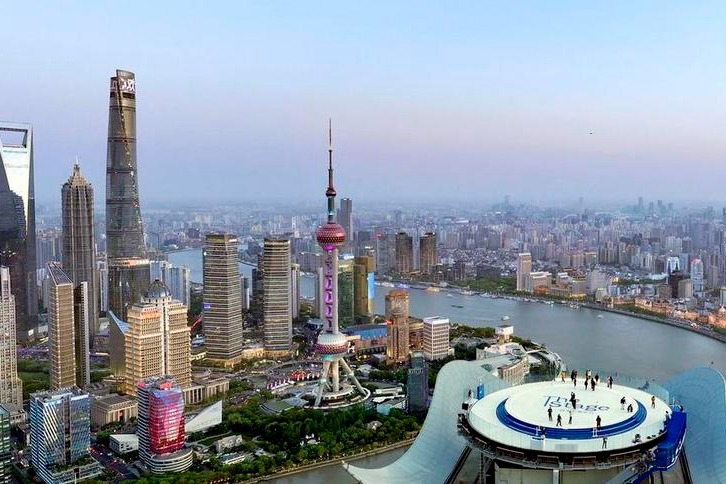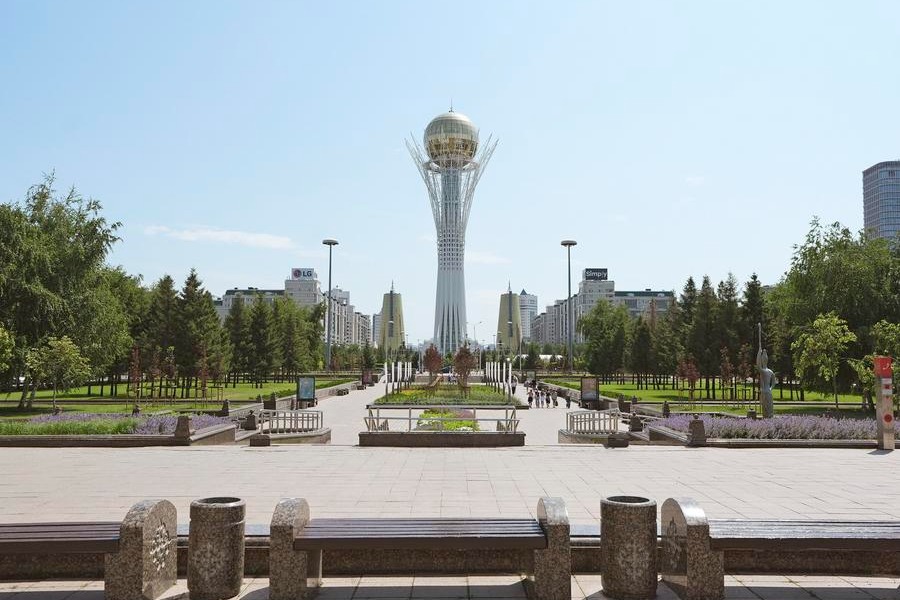RCEP inspiration for regional trade, global recovery


Moscow will hold the 12th BRICS summit on Nov 17, Malaysia will host the APEC meeting on Nov 20, and Riyadh will welcome world leaders to the highly anticipated G20 conference on Nov 21-22.
These high-level events will be held after the signing of the Regional Comprehensive Economic Partnership, the world’s largest free-trade pact, which could and should help build multiple new paths toward a shared future.
The global economy is expected to shrink by 5 percent this year, with trade likely to plummet by 20 percent. After misguided trade wars and the pandemic, global cooperation across all differences is vital to defeat the pandemic and facilitate economic recovery.
World's largest free-trade pact to serve as inspiration
In the ASEAN summit last weekend, after nearly a decade of talks, 15 countries signed the Regional Comprehensive Economic Partnership. The RCEP includes the 10 ASEAN member states, East Asian leaders (China, Japan and the Republic of Korea), and Oceania (Australia, New Zealand). Their combined economic muscle is almost a third of the world’s gross domestic product.
The RCEP is expected to eliminate 90 percent of the tariffs on imports between its signatory economies within 20 years of coming into effect, which could be by as early as next year. It will also seek to establish common rules for e-commerce, trade and intellectual property.
Until recently, RCEP critics in the West argued that the pact represents “shallow” integration since its requirements are not as stringent as, say, the now defunct Trans-Pacific Partnership, which was negotiated in secrecy during the Barack Obama administration. Typically, when the remaining 11 TPP countries agreed on the revised Comprehensive and Progressive Agreement for Trans-Pacific Partnership, they omitted 20 provisions that the United States had included in the original TPP.
Second, “shallow” integration is better aligned with the integration needs in emerging Asia, where governments play a critical role in economic development, the idea of national sovereignty is vital, and legacies of Western colonialism remain prominent.
Third, the RCEP may be more aligned with the new international landscape that’s overshadowed by protectionism and tariff wars.
BRICS expediting global recovery
The BRICS countries bring together major economies of the emerging market bloc: Brazil, Russia, India, China and South Africa. Together, they account for one quarter of the world’s economy.
Given the uncertainties in the world economy, the BRICS summit is likely to focus on practical measures to contain the pandemic and support the BRICS’ economic recovery. It will seek to create an early warning system for epidemiological threats, and foster BRICS capabilities on medical products.
Most importantly, the summit could further facilitate trade, investments and small and medium-sized enterprises’ role in international trade. While large multinational corporations fuel the recovery of global GDP, it is the SMEs that have the relatively greatest job-creation effect, which is vital for global recovery.
New APEC vision, road map needed
In Asia-Pacific Economic Cooperation meeting, to be hosted by Malaysia on Nov 20, the bloc is expected to set a new vision to guide the forum's work in the next decades. With APEC and its 21 member economies, the idea of regional free trade has been around since 1966 when Japanese economist Kiyoshi Kojima advocated a Pacific free trade agreement. Three decades later, APEC leaders opted for free and open trade and investment in the Asia-Pacific region.
In 2006, C. Fred Bergsten, then chief of an influential US think tank, advocated the “Free Trade Area of the Asia-Pacific”. If the FTAAP could be achieved, it would represent the largest single liberalization in history.
That’s the FTAAP goal that APEC put forward in 2006, which is supported by many Asian economies, including China. It would be very much in the long-term interest of the US as well. No single country can any longer have unipolar primacy in world trade; all countries have a critical stake in multilateral world trade.
What APEC needs is a timely road map for the effective implementation of its vision.
Cooperation must be focus of G20 summit
Since early spring, the major rich-income economies have been crafting massive stimulus responses against the pandemic. In 2020, fiscal support packages could climb to $15-$20 trillion worldwide. On the other hand, many medium- and particularly low-income economies are suffering from excessive debt burden.
The G20 summit is expected to address the implications of the global pandemic, future healthcare plans and measures needed to revive the global economy, including fiscal support, debt reductions and other vital measures.
G20 has the required economic muscle for global change. With the 19 largest economies and the European Union, it accounts for 90 percent of the global GDP and 80 percent of world trade.
When the major economies in Western Europe and North America failed to contain overcome the global financial crisis in 2007-09, it was G20, led forcefully by the International Monetary Fund, which played a vital role in surpassing fatal headwinds. More recently, such initiatives have been less evident.
Trade wars have no winners, shared future will benefit all
In January 2017, President Xi Jinping offered a strong defense of more inclusive free trade at the World Economic Forum. Xi likened protectionism to “l(fā)ocking oneself in a dark room” in the hope of protecting oneself from danger, but in so doing, cutting off all “l(fā)ight and air”.
Xi predicted, quite rightly in retrospect, that “no one will emerge a winner in a trade war”.
It is this global sense of a shared future that the summit season should promote for success in the battle against the pandemic and for global economic recovery.
The author is founder of Difference Group and has served at the India, China and America Institute (USA), Shanghai Institutes for International Studies (China) and the EU Centre (Singapore).
The views don’t necessarily reflect those of China Daily.
















